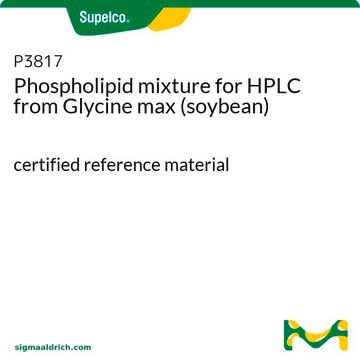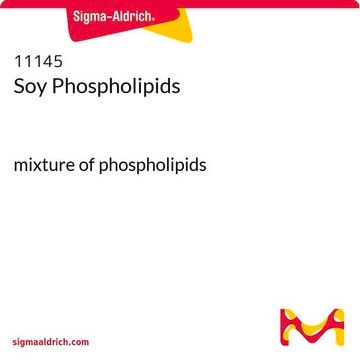1. The general recommendation for homogenization is a 1:10 solid to buffer ratio, for example, 20mg solid with 200 uL of Buffer. However, this ratio may not always be optimal. If there are concerns about having enough assay buffer for both homogenization and assays, the homogenization can be run with a different homogenization buffer, provided that it contains at least 0.5% Triton X-100. Please note that the amount of Assay Buffer needed per sample should be enough to yield 40 microliters of supernatant, unless you choose to use your own homogenization buffer with 0.5% Triton X-100.
2. The kit is usually tested on tissue samples. However, it has not been tested on tissues themselves.
3. For homogenizing samples, they can be run through 10-20 passes in a Dounce homogenizer on ice or by sonication, preferably performed in an ice-water bath. The degree of tissue lysis can be checked under a microscope. After homogenization, it is recommended to centrifuge the homogenate at 14,000 g for 10 minutes.







